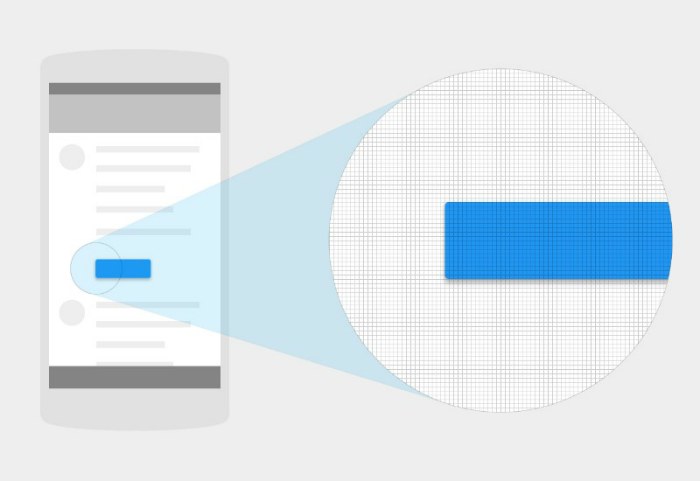What is the screen pixel density (PPI) in a smartphone?
Now the resolution and pixel density of the display in a mobile device is one of the main marketing points. Find out what the PPI value affects.
The other day, the company Samsung Galaxy S8 and Galaxy S8 +, the feature of which was the "limitless" screen. The display has practically lost its frames, received a high resolution of 2960 × 1440 pixels and a pixel density of 570/529 PPI, respectively. In February, at the international exhibition MWC 2017, the LG brand announced a smartphone with a similar resolution and density of 564 PPI, and Sony announced a device with a 4K screen (3840 × 2160 pixels, 806 PPI). Clearly, high-resolution displays are the future.
When choosing a smartphone, many people pay attention to the screen resolution, but the pixel density is often left aside. Given the development of screen technology and developments in the field of virtual reality, the ppi value also plays a big role in the quality of the display.
What is PPI?
The acronym PPI comes from Pixel Per Inch (pixels per inch) and is used to describe the pixel density in all kinds of displays, including cameras, computers, mobile devices, etc. Pixel density can be an indicator of screen clarity, but other aspects need to be taken into account. : its physical dimensions and distance from the eyes.

If you move the screen closer to your eyes, you can see the pixels. If the device is far away from you, the high pixel density will not be particularly noticeable. Thus, the larger the display, the lower the PPI value.
vision standard
Typically, a person's visual acuity is measured using the Snellen test, which was invented in 1860 for medical purposes. It is important to note that with this system, the ophthalmologist was trying to identify low vision, which is a medical problem. No patient ever complained of above average visual acuity.

So 20/20 visual acuity is not ideal at all. This indicator means normal vision, in which a person can read the table at a distance of 3 meters.
The myth of 300 ppi
There is a myth that a person cannot distinguish between pixels at a density of 300 ppi. In 2010, Steve Jobs used this statement during the presentation of the iPhone 4, equipped with a then innovative Retina display with 326 ppi. This is partly true, but only for those users who have visual acuity of 20/20.


According to various studies, the human eye can distinguish between pixels at a density of up to 900-1000 ppi.
What does pixel density affect?
The higher the pixel density, the clearer the image you will see on the screen. If earlier it did not matter much, then with the advent of the era of virtual and augmented reality, the situation is gradually changing. You hardly want to see a pixel image around you in virtual reality mode. The higher the resolution and pixel density, the more real the image. Moreover, this can be noticeable not only when using a virtual reality headset, but also when watching movies.











